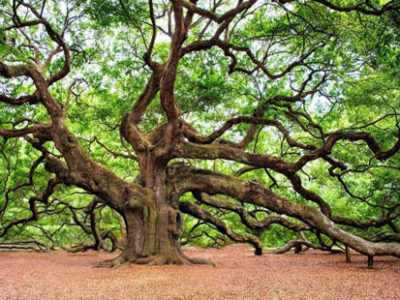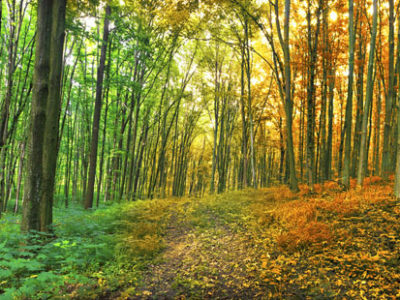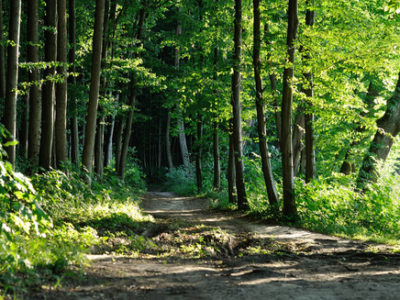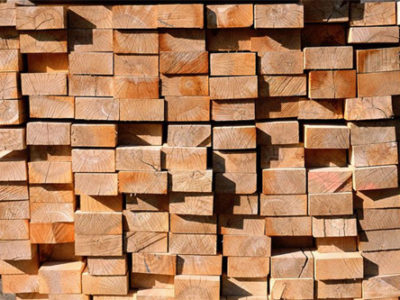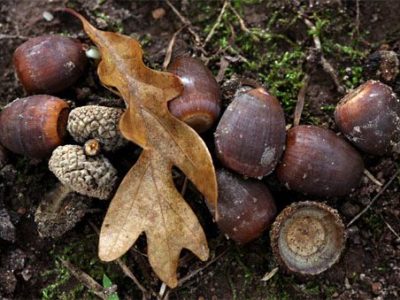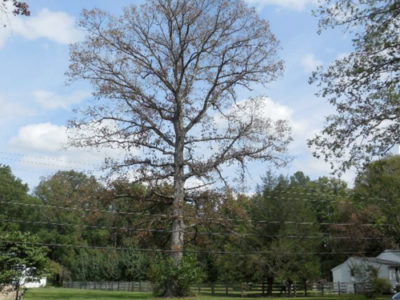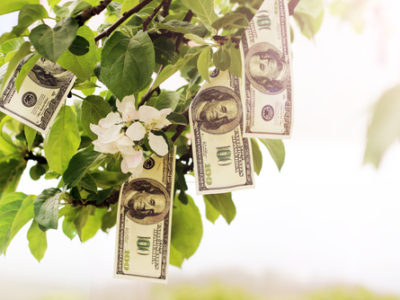The Ohio Department of Agriculture (ODA) has been notified that several Ohio residents have received unsolicited packages in the mail containing seeds that appear to have originated from China…
Sudden oak death (SOD) is a fatal disease of oaks and tanoaks in coastal California and Oregon. It was first discovered there in 1995. The disease is caused by Phytophthora…
The wooded areas on almost any property could provide better wildlife habitat and grow better timber with just a little help at the right time. Every season brings opportunities to improve your woodland…
If you were to ask a forester to define forest management, he/ she would probably tell you something like: “Forest manage- ment is the application of appropriate technical forestry prin- ciples, practices, and business techniques (e.g., accounting, cost/benefit analysis, etc.) to the management of a forest….
Ohio’s Appalachian hardwoods are unique in their variety, quality and beauty. Ohio’s forests contain well over 100 different hardwoods and 25 different softwood tree species. Historically, humans have used wood and wood products for shelter, fire, and in war, making wood an integral part of our civilization. We use wood because it is easy to work with….
The term ‘mast’ was probably first used to describe a food source for domestic livestock. Webster defines mast as “the fruit of oak or beech or other forest trees used as food for hogs and other animals.” When foresters and wildlife biologists use the term….
Why are my oaks dying? This is one of the most common questions we receive in the Virginia Department of Forestry’s Forest Health Program. If we’re lucky, there is an obvious answer such as defoliation by an invasive insect or chemical damage by herbicide sprayed on adjacent crops. Nine times out of ten, however, the answer is not so easy …
When a forest is harvested using either the individual tree or group selection method1, trees to be cut or retained are commonly selected based on a number of factors including species, quality, diameter, distance from other trees, health and vigor, non-timber value (e.g., wildlife, aesthetics, etc.), risk of loss or damage ….


